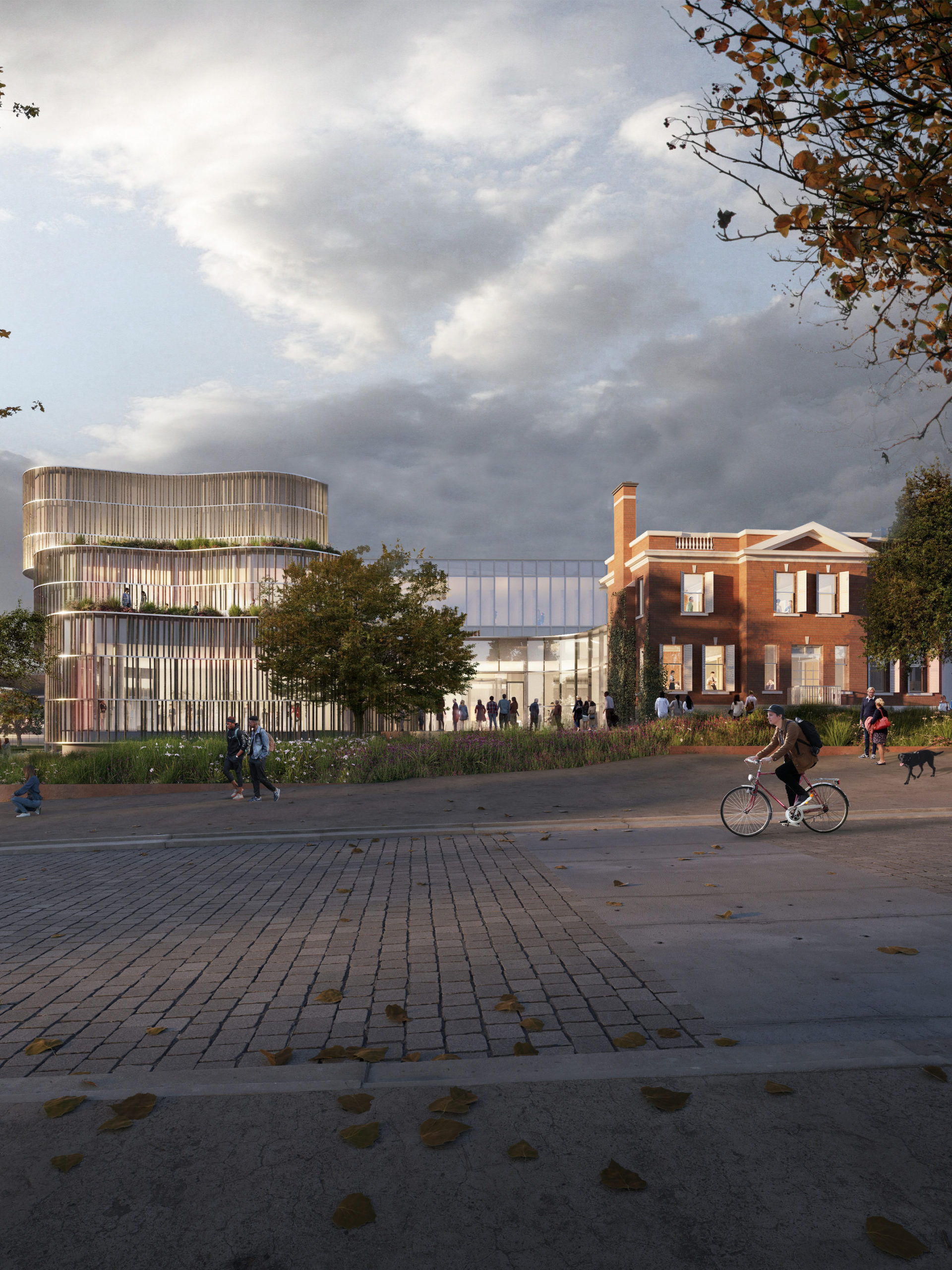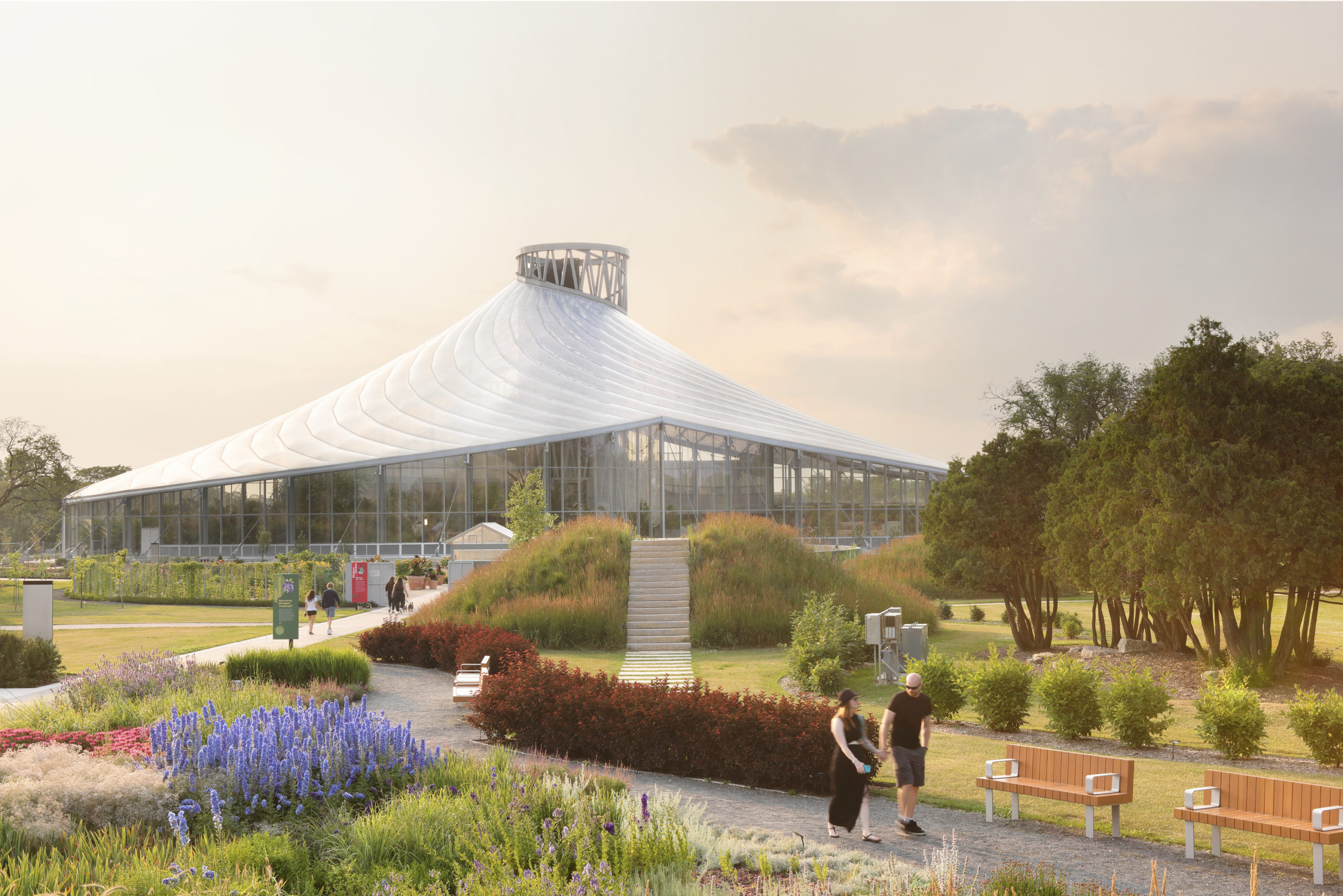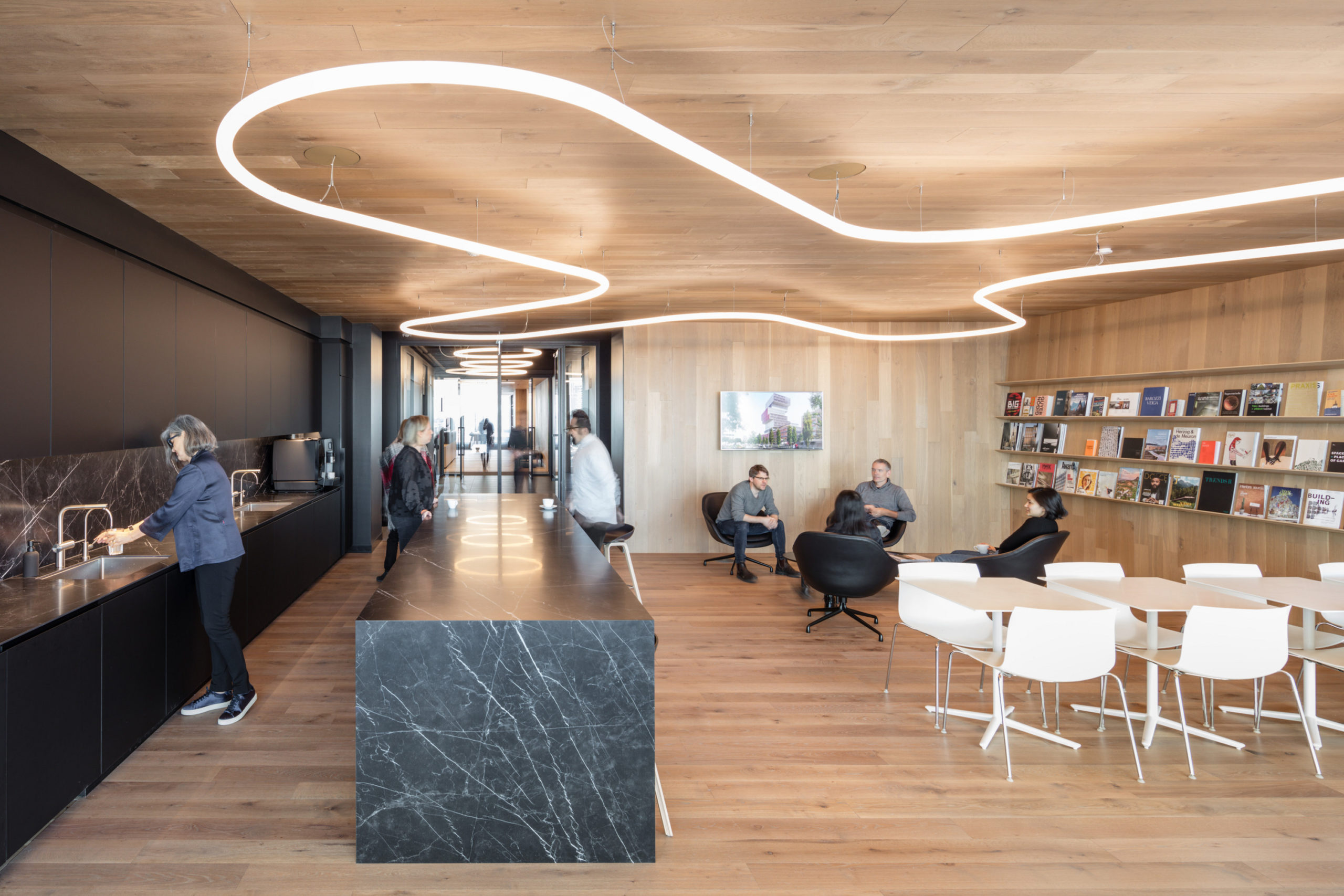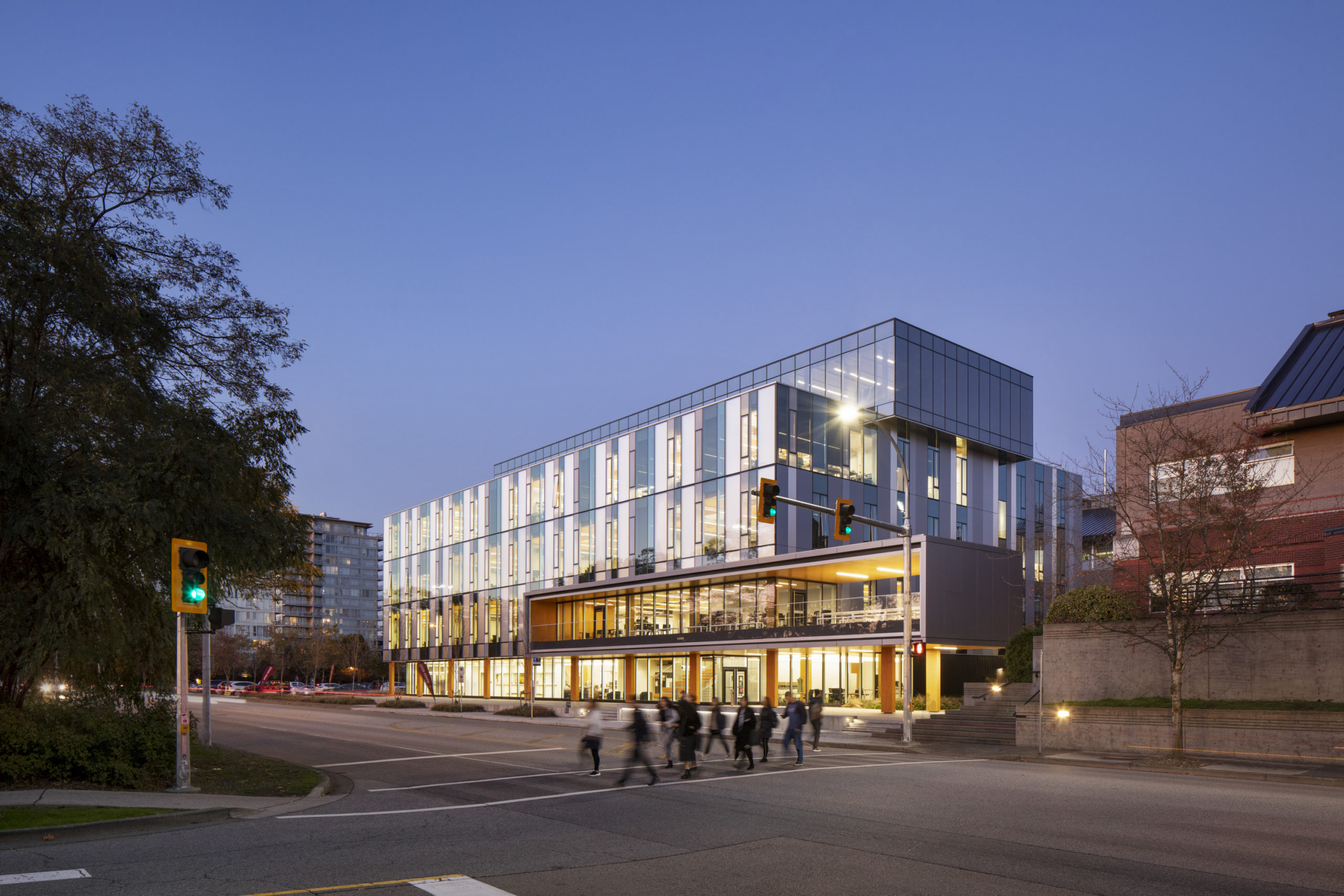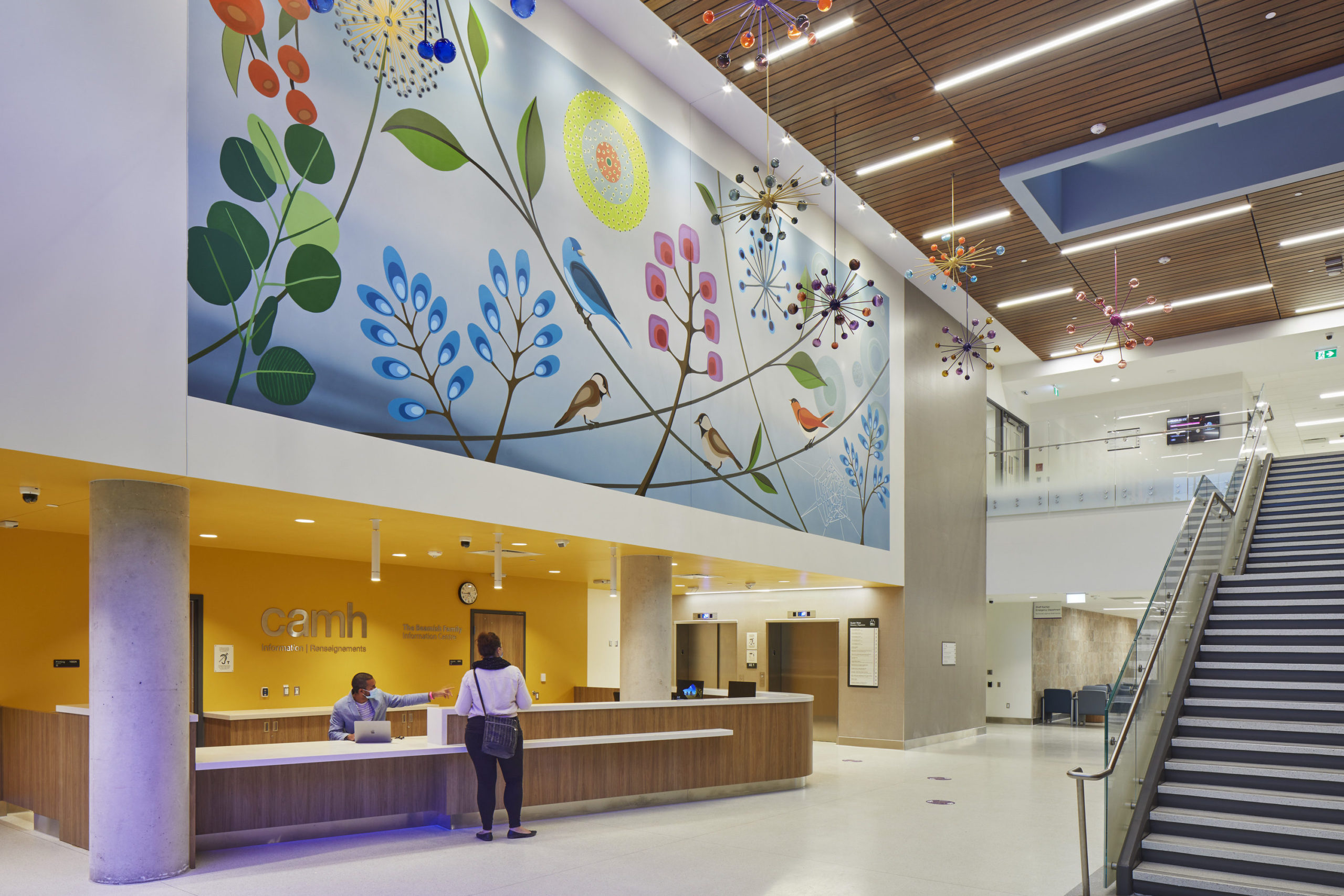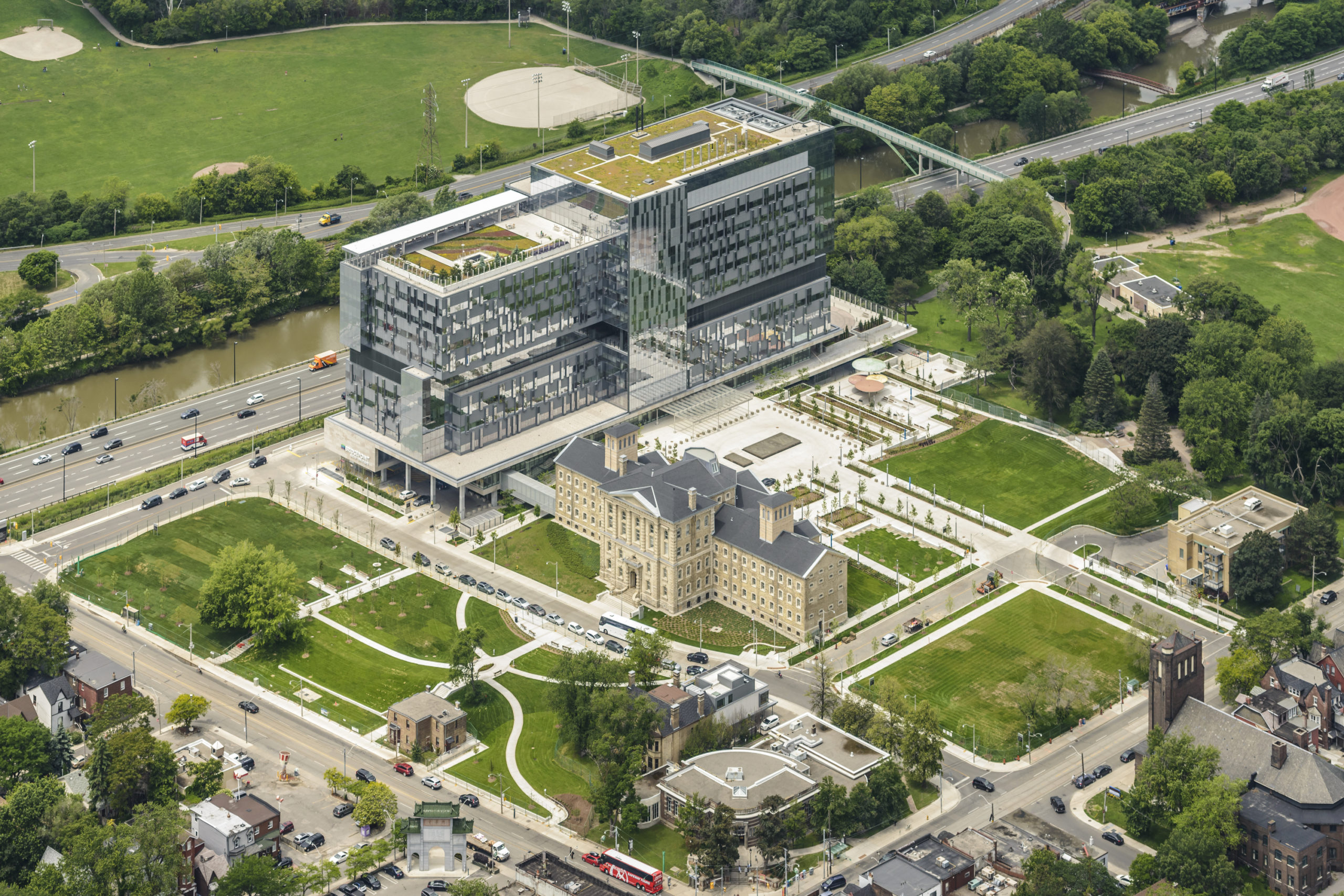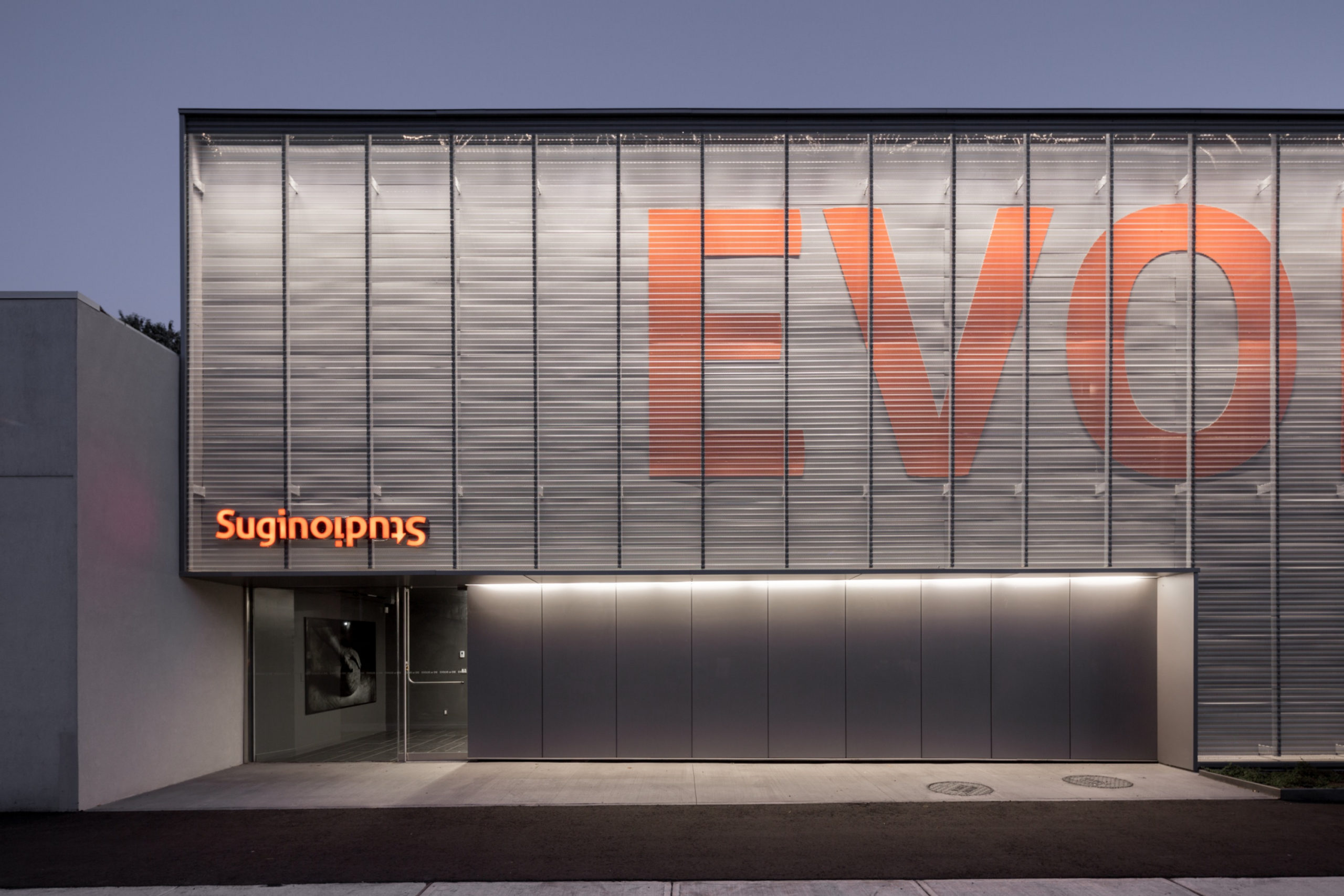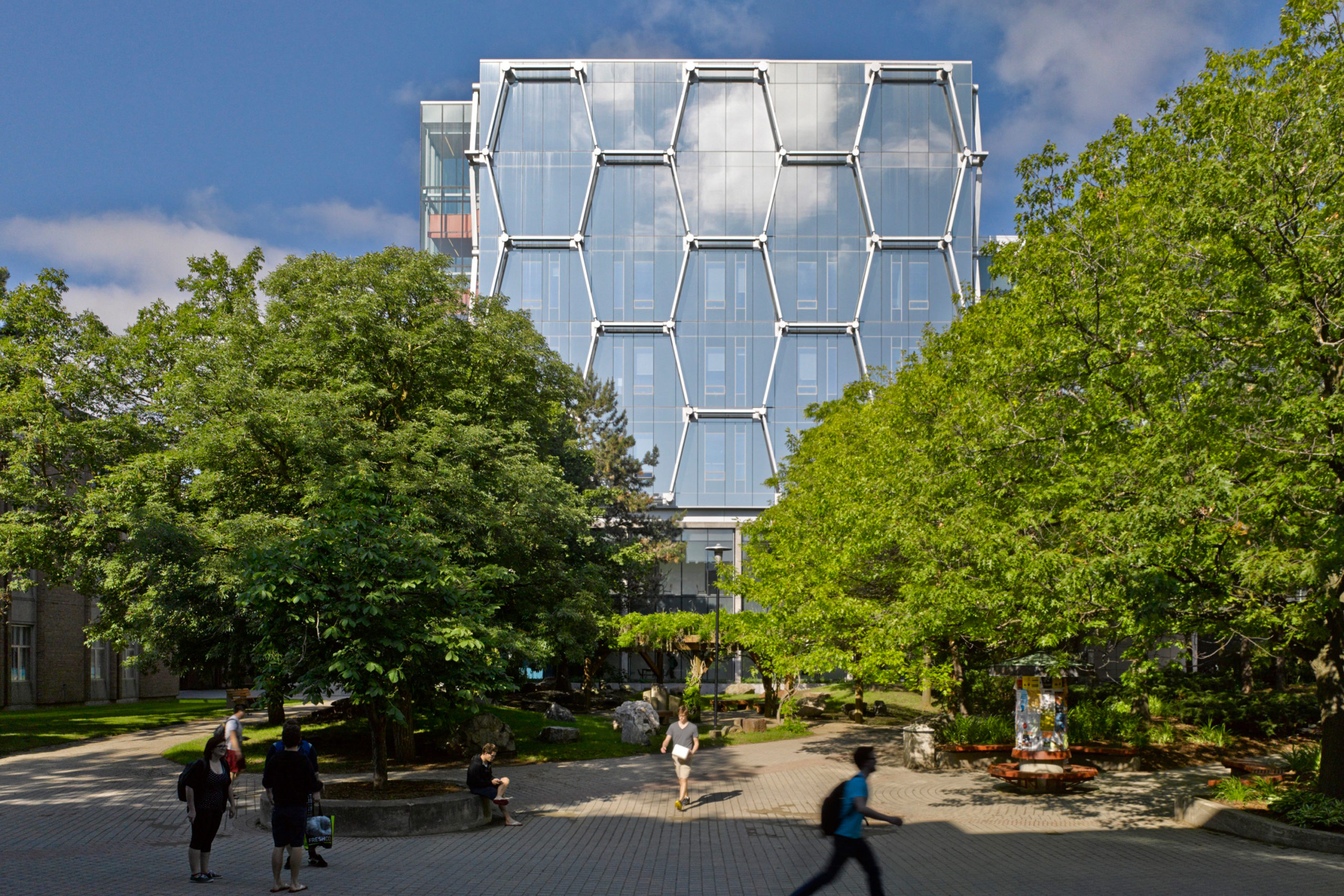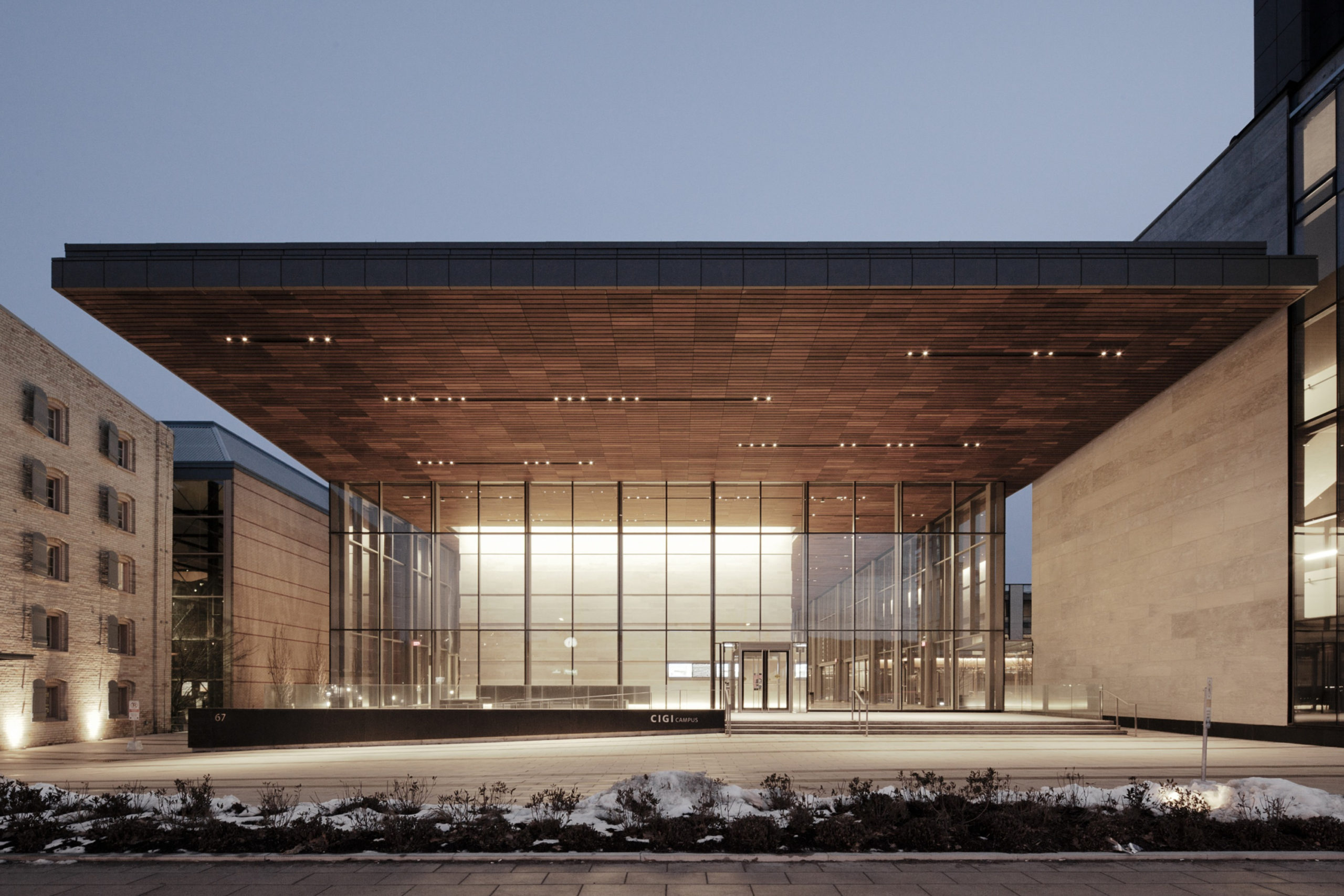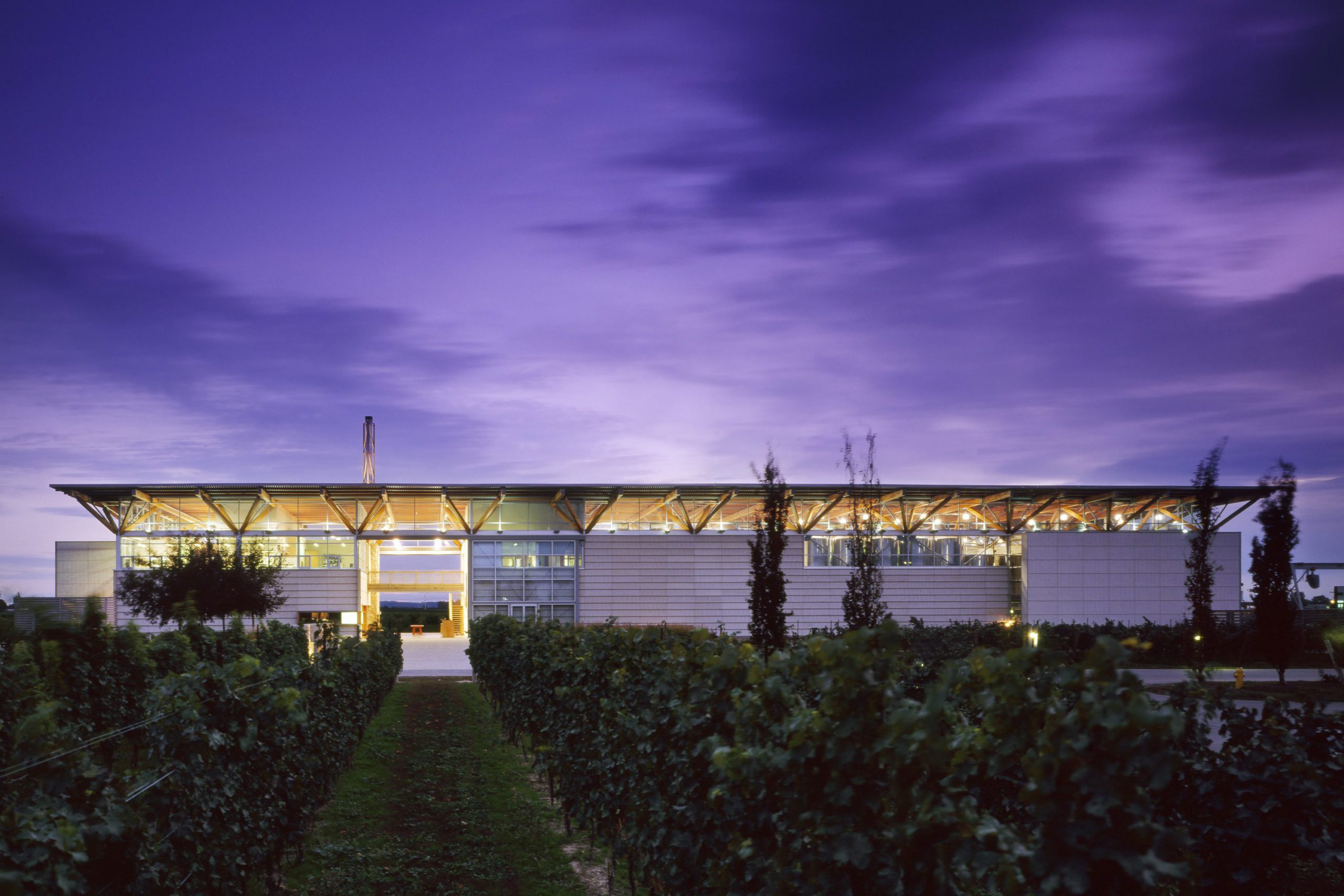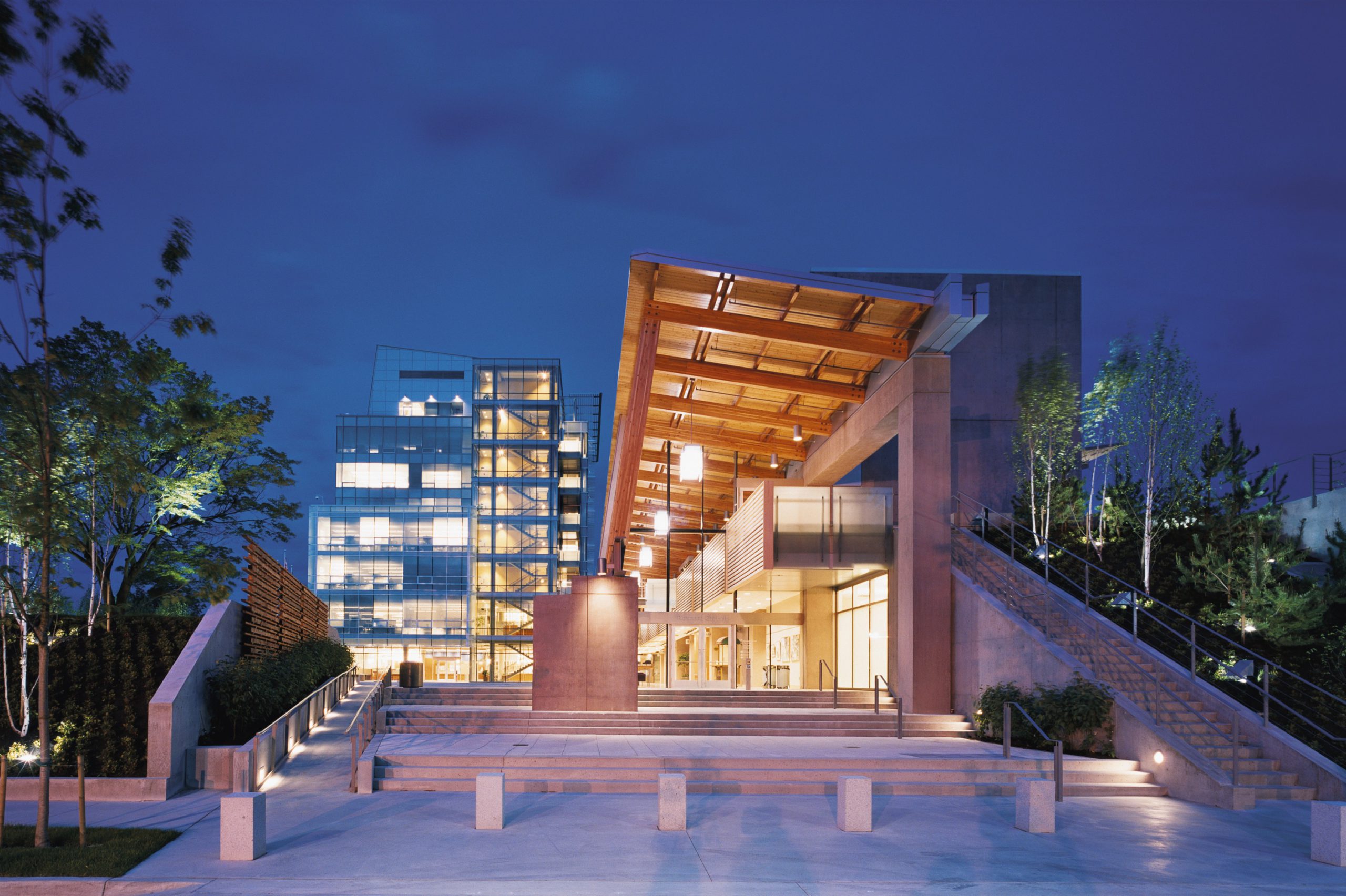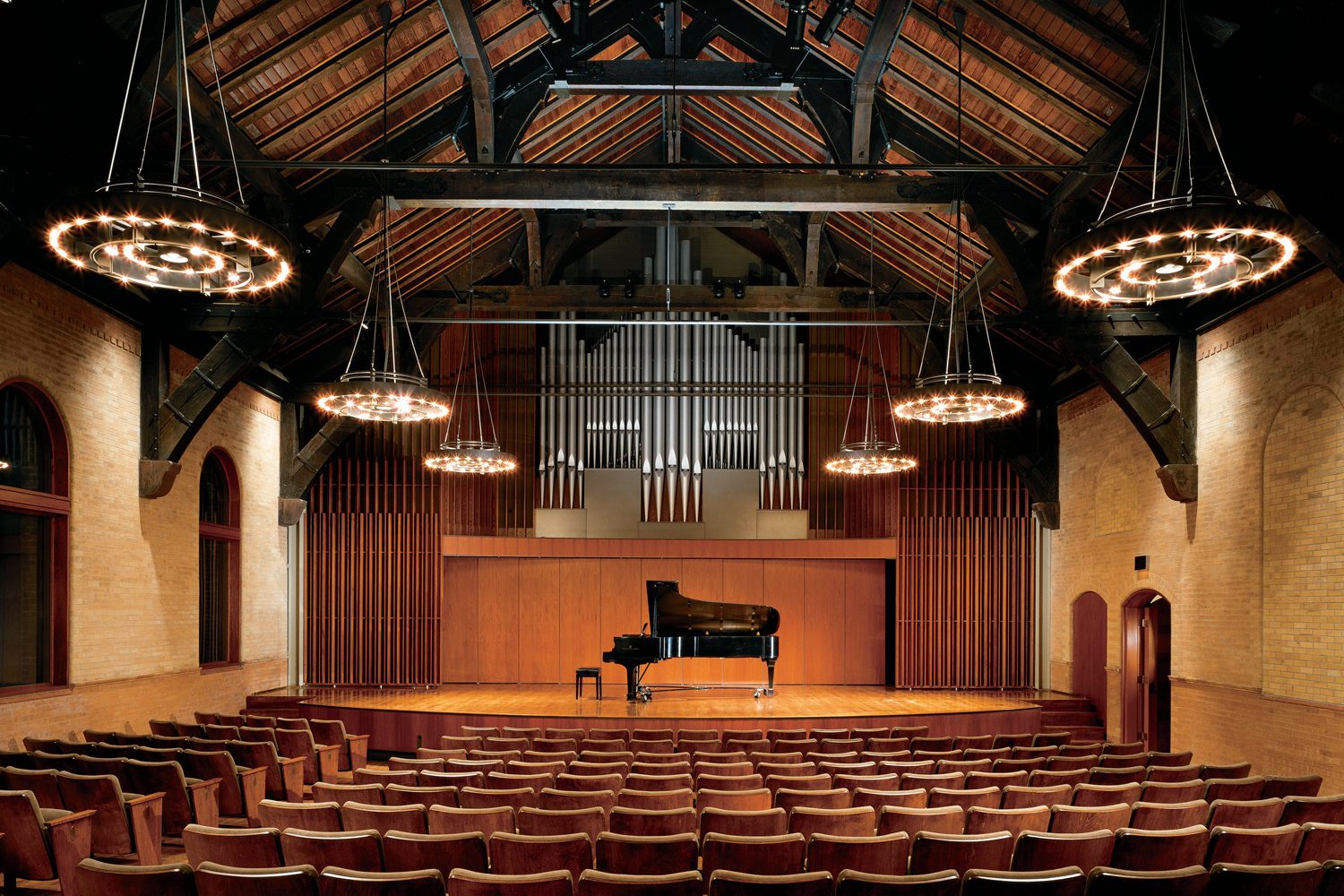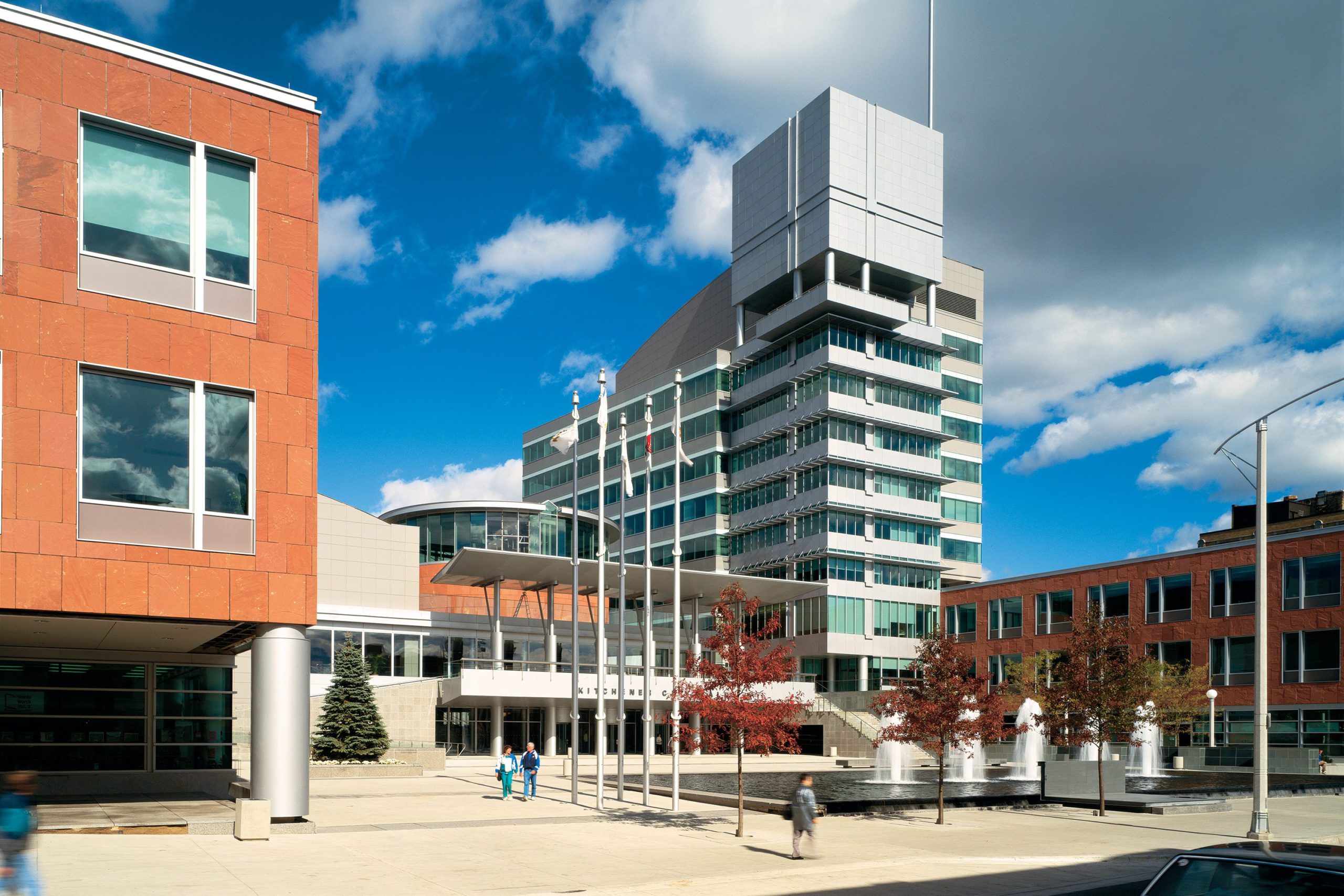Glenn MacMullin
For more than 30 years, Glenn MacMullin has been a key contributor to award-winning projects at KPMB with his strong grasp of design aesthetics, functionality, user experience, sustainable principles, and building science.
His ability to create spaces that are not only visually appealing but highly functional and conducive to the needs of their users is evident in his portfolio, which spans typologies and scales.
Glenn’s project work includes academic buildings, hospitals, civic spaces, and corporate buildings. He worked on the multi-award-winning Centre for International Governance Innovation (CIGI) Campus at the University of Waterloo; Manitoba Hydro Place, the first large-scale office tower in North America to be LEED Platinum-certified; Hennick Bridgepoint Hospital, winner of a Canadian Architect Award of Excellence; and the Governor General’s award-winning Richmond City Hall.
Glenn played a significant role on the design for The Leaf, a new botanical sanctuary in Winnipeg’s Assiniboine Park making headlines for its ethylene tetrafluoroethylene (ETFE) roof and its “biophilic and culturally informed design.”
Currently, he is the project design architect for the Temerty Discovery Centre, the fourth and final phase of a two-decade long redevelopment project at the Centre for Addiction and Mental Health (CAMH). His technical knowledge, design expertise, and client and stakeholder engagement skills have contributed to the success of KPMB’s work at CAMH over the years.
Passionate about educating the next generation of architecture and design professionals, he has mentored several students over the years and has participated in studio critique for schools like Dalhousie University, Concordia University, Carleton University, and Toronto Metropolitan University.
Outside the office, Glenn enjoys painting to express himself and expand his creativity.
“Architecture is a social act; it should evoke emotions, inspire a sense of awe, and uplift those who inhabit its structures.”

News
-
Contemporary Calgary receives Canadian Architect Award of Merit
December 1, 2025 -
KPMB announces new appointments to the leadership team
April 24, 2024 -
The Leaf featured in Canadian Architect and Azure
February 22, 2024
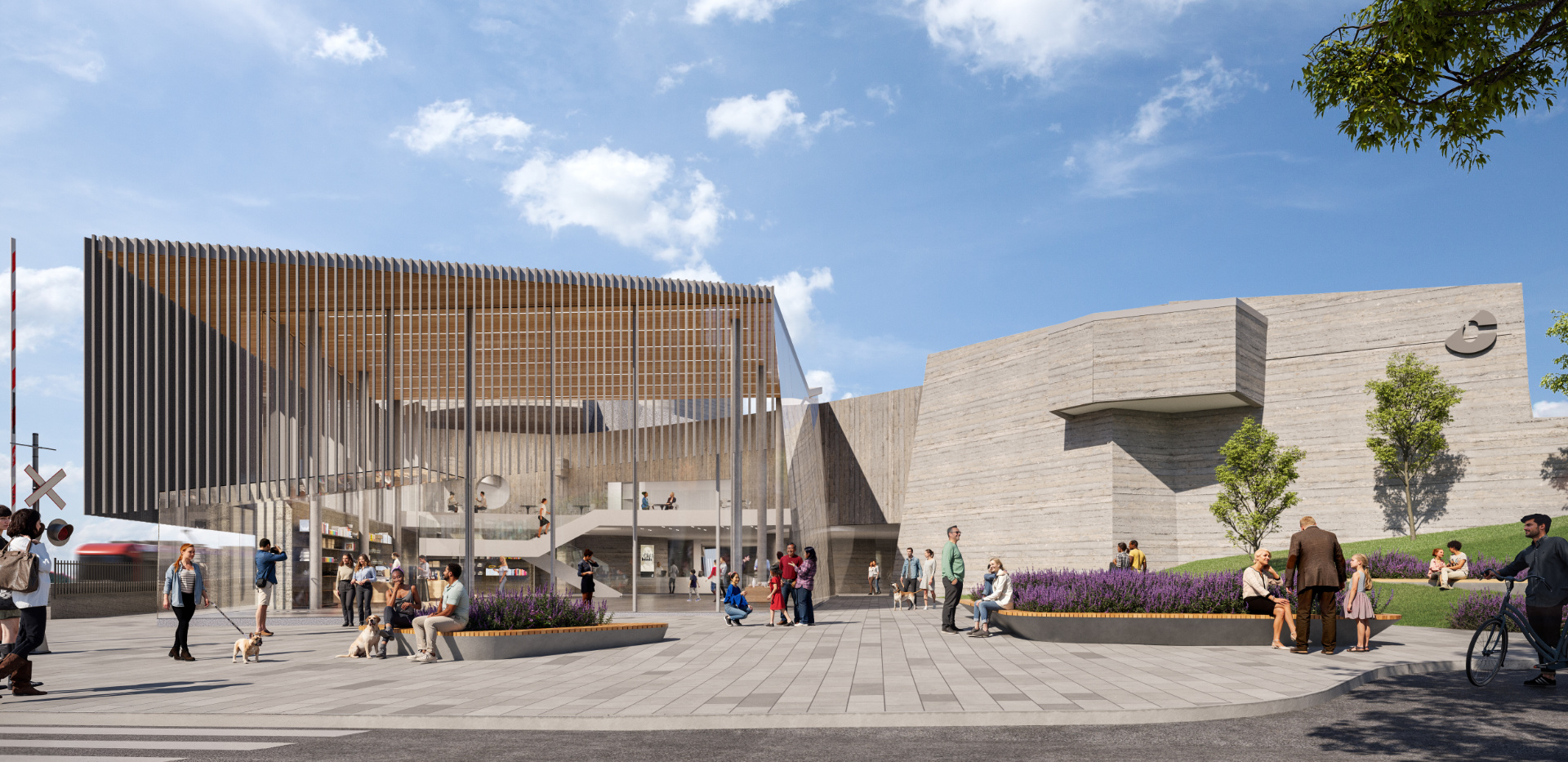)
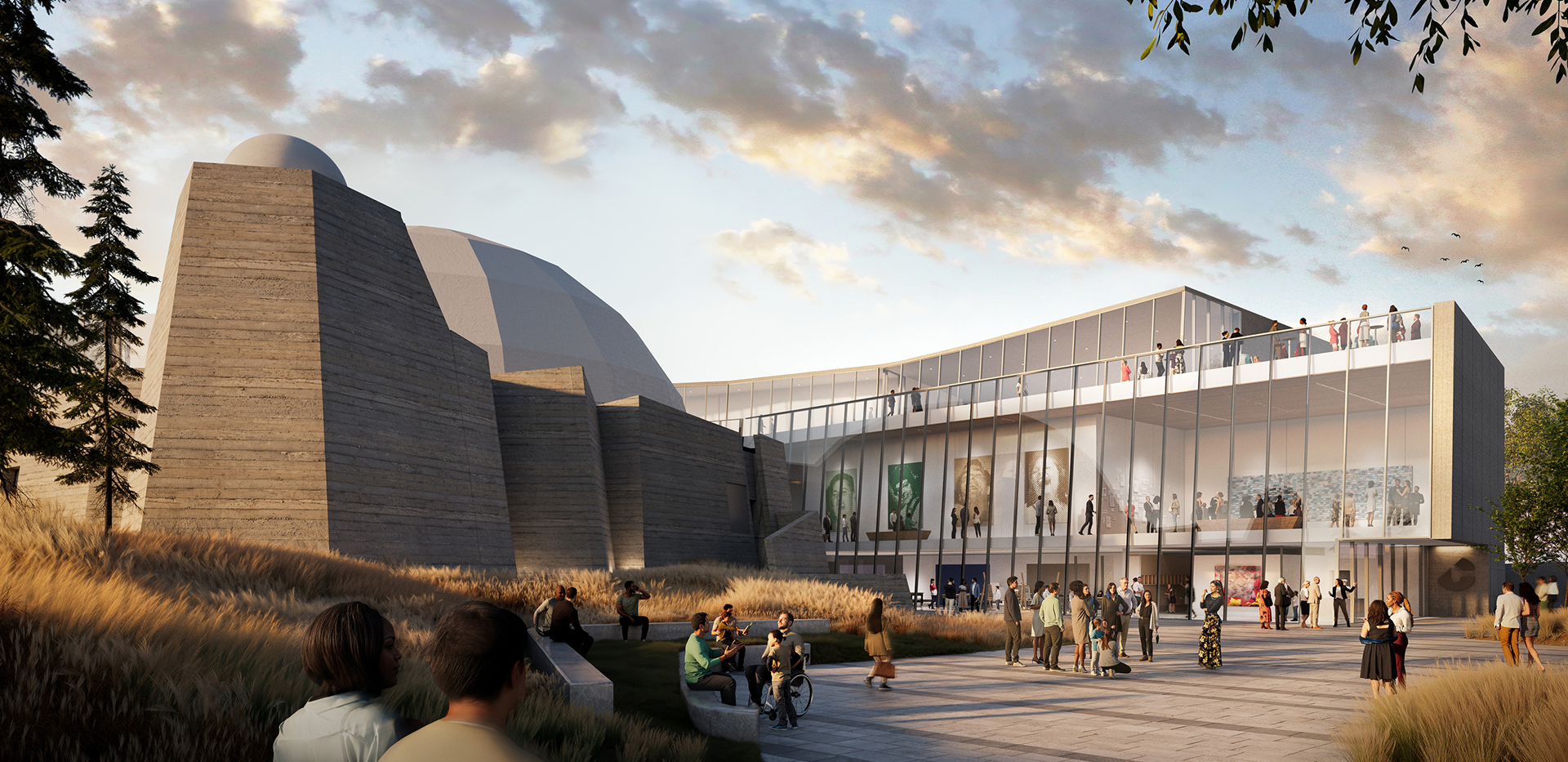)
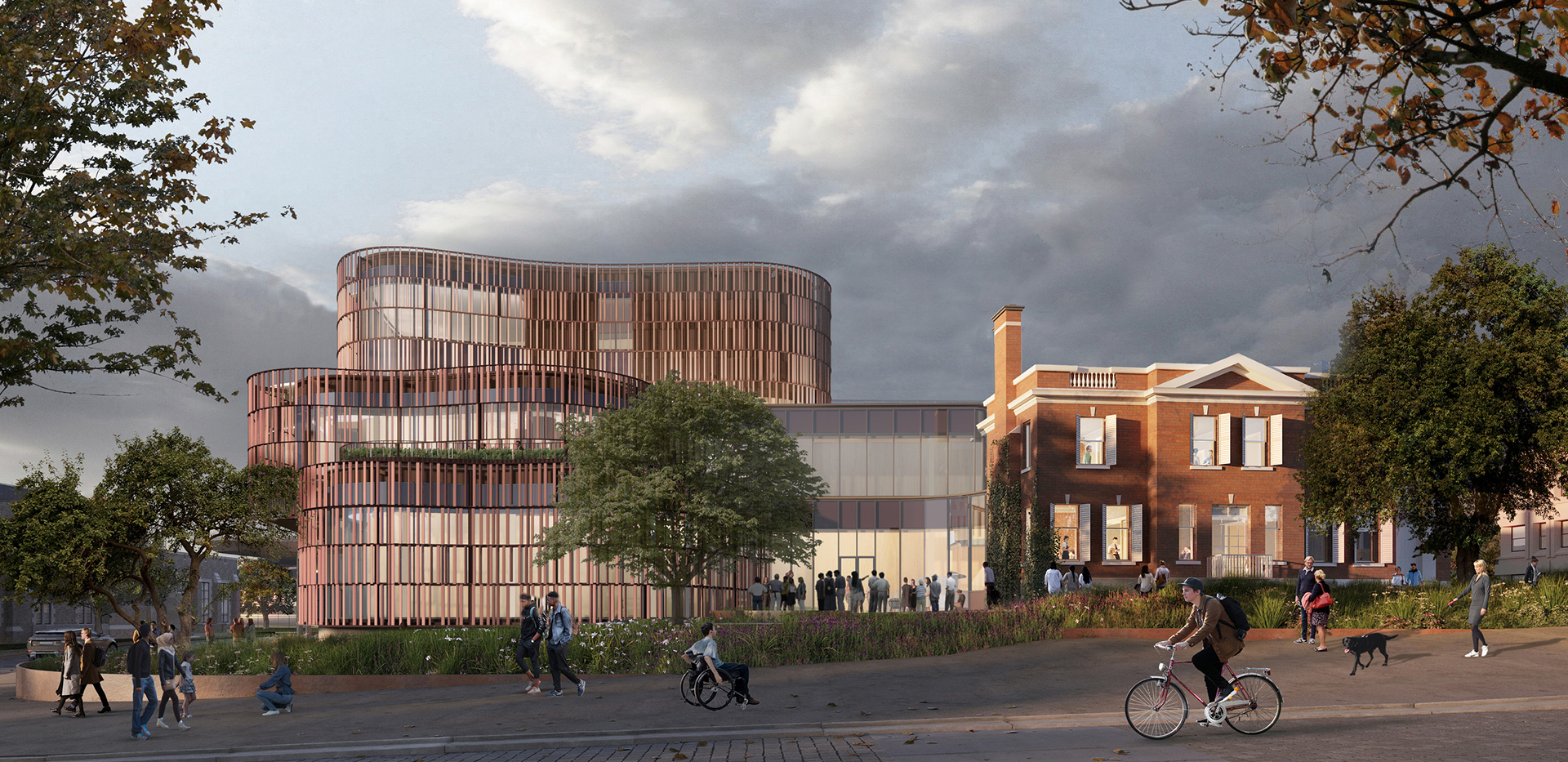)
)
)
